Chronological Understanding
Chronological understanding enables children to be able to place events and people both within and across historical periods. This section will provide inspirational activities which support a coherent understanding of chronology.
Sort by:
Date (Newest first) | Title A-Z
Show:
All |
Articles |
Podcasts |
Multipage Articles
-
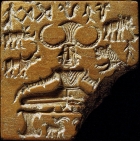
Investigating the Indus Valley (2600-1900 B.C.)
ArticleClick to view -

Making the most of the post-1066 unit
ArticleClick to view -
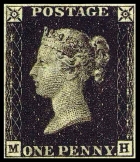
Overground, underground and across the sea
ArticleClick to view -

Place-names and the National Curriculum for History
ArticleClick to view -

Pride in place: What does historical geographical and social understanding look like?
ArticleClick to view -

Scene shifting: Using visuals for chronology
ArticleClick to view -

Scheme of Work: Thematic study - Education
ArticleClick to view -

So was everyone an ancient Egyptian?
ArticleClick to view -

Teaching Ancient Egypt
ArticleClick to view -

The Maya: a 4,000-year-old civilisation in the Americas
ArticleClick to view -
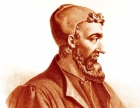
Time, Chronology, language and story
ArticleClick to view -

Understanding Chronology at Key Stage 2
ArticleClick to view -
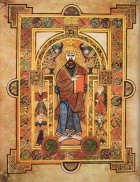
Using original sources
ArticleClick to view -

Using shoes as an historical source
ArticleClick to view -

Victorians
ArticleClick to view -

Viking and Anglo-Saxon struggle for the kingdom of England
ArticleClick to view -
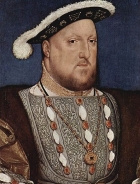
What do we mean by Big Picture History?
ArticleClick to view

